Private Hearing Tests - Free in Clinic or at Home
At Hearing Wales, your audiologist will carry out a full hearing and speech test to assess your level of hearing loss. After your hearing test, we'll talk you through the best results, and recommend the best solutions to improve your hearing. Every appointment is relaxed, personalised, no-obligation, and totally free of charge.
A hearing test with Hearing Wales is relaxed, friendly and completely free of charge. Many people feel nervous before a test, but our knowledgeable audiologists take their time and explain everything clearly so you feel totally at ease.
During your appointment, we use advanced diagnostic equipment, including callibrated audiometers and headphones and carry out a full hearing and speech test. These internationally recognised procedures allow us to accurately measure your hearing across different pitches and volumes. Our clinics are equipped with fully sound proof booths, but if you would prefer not to use this, that is totally fine!
Once the test is complete, we will go through your results together and explain what they mean. If you could benefit from hearing aids, we will talk you through the options that would best suit your hearing loss, lifestyle and budget. There is no-obligation to buy from us.
You can have your free hearing test an any of our 5 clinics across Wales, or have a home visit.
A Hearing Test at Hearing Wales usually includes the following steps:
We start by discussing your hearing, general health, any symptoms you may have noticed, and any situations where you feel you struggle. This helps us tailor the assessment to you and understand your individual needs.
We’ll chat about your daily environment — work, hobbies, social situations, and any challenges you face in noise. This helps us determine the best long-term solutions for your hearing.
Your audiologist will examine your ear canal and eardrum to check for wax, infection, or any issues that may affect your hearing.
You’ll wear comfortable headphones and listen to a series of tones at different pitches and volumes. This measures your hearing levels across the full frequency range.
We’ll assess how well you understand speech in quiet and in noise — a key part of everyday communication.
We will go through your results in clear, easy-to-understand language. You’ll see your audiogram and learn what it means for your hearing day-to-day.
If your hearing is normal, we’ll simply advise when to recheck.
If hearing loss is detected, we will discuss the most suitable options — always personalised, always no pressure.
A hearing test with us is relaxed, professional, and completely free of charge, whether you choose to come into one of our clinics or book a home visit.
A full hearing test takes on average 40-60 minutes, depending on the circumstances. Many people choose to bring a friend or family member with them for support during the test, but it is not necessary. At Hearing Wales, we do not expect you to make a decision on the day, and all of our tests are completely without obligation. Additionally, if you do decide to order a hearing aid, we do not expect you to pay for it until the fitting appointment (usually between 3-10 days later), and all of our hearing aids now come with a 60 day money back guarantee
Most people don’t realise their hearing has changed because usually hearing loss develops very gradually. You may simply feel more tired after conversations, need the TV slightly louder, or struggle more in background noise – all common signs that your hearing needs attention.
Checking your hearing regularly helps you stay connected to conversations, friends and family, and helps prevent the frustration and fatigue that often comes with untreated hearing loss.
Early intervention can slow down the future progression of hearing loss. In addition, there is growing research showing that untreated hearing loss in linked with faster cognitive decline, including Dementia. Leading universities and health organisations, including Johns Hopkins Medicine, have highlighted that treating hearing loss early may help support long-term brain health.
Untreated hearing loss is also linked to many “bigger” health issues, including depression, social isolation, increased risk of falling and more. Whereas treating loss has been shown to positively impact many vital quality-of-life issues, such as better relationships with family and friends and improved confidence.
A hearing test is completely free, painless and gives you clear answers straight away. If you’re hearing is normal you’ll have peace of mind. If not, we can guide you through the best next steps with no obligation.
However astonishingly, people very often treat their hearing differently to other aspects of their health. If your vision becomes compromised, do you wait years to get glasses? If you have a toothache, do you put off seeing your dentist until the pain becomes unbearable?
Hearing loss, though, is handled differently. Maybe because it usually comes on slower and is easier to “work around” using various coping methods.
If you’re not sure whether you need a full hearing assessment, our quick 3 minute online hearing check is a great place to start. It gives you an instant indication of whther you may have a hearing loss, and whether you should book a full, free hearing test with one of our audiologists.
It’s simple, fast and can be done from any device.
Your results will help guide your next step towards clearer hearing.
to try our online hearing test.
A brief guide to taking Hearing Wales online hearing test
If the test suggests any hearing difficulty, or if you’re unsure about the results, we recommend booking a free hearing test in a clinic or arranging a free hearing test at home.
Online hearing tests are a great place to start, but they don’t replace a full diagnostic hearing check carried out by a HCPC-registered audiologist. Only a professional test can accurately measure your hearing and assess your ears for health or wax issues.
Most importantly, don’t worry! If you do find you have some kind of hearing loss, you are not alone!
There are 12 million people with hearing loss in the UK, that’s around 1 IN 5 of us.
More than 40% of people over 50 years old have hearing loss, rising to 71% of people over the age of 70.*
We’re still working on this page but check back soon for more updates!
STEP 1. Fill in the simple form below and one of our specialists will contact you to arrange an appointment.
STEP 2. We will arrange for your free hearing test to take place either at home or in one of our local hearing clinics in MUMBLES, SWANSEA, CARDIFF and NARBERTH.
STEP 3. At the no obligation appointment, our expeienced audiologist will assess your hearing loss and advise of solutions. We can also provide Micro Suction ear wax removal.

1 in 6 people in the UK have a hearing loss. Don't wait, book your test today
During all appointments, our Audiologist will wear PPE in line with the latest guidelines from our Audiology governing bodies and the Government.
Unlike many other hearing care providers, our company will not share your information with any external companies and it will be kept safe under the latest GDPR guidelines, for your peace of mind

We are offering 0% on hearing aids at Hearing Wales. Not just that, we are offering interest free hearing aids with 0% deposit. You can pick your re-payment terms with payments made over 6, 12 or 18 months, whichever suits you and your budget best.
Behind-the-Ear hearing aids contain powerful components and the latest technology in a traditional shell. they are attached to a custom made ear mould and fit comfortably behind the ear.
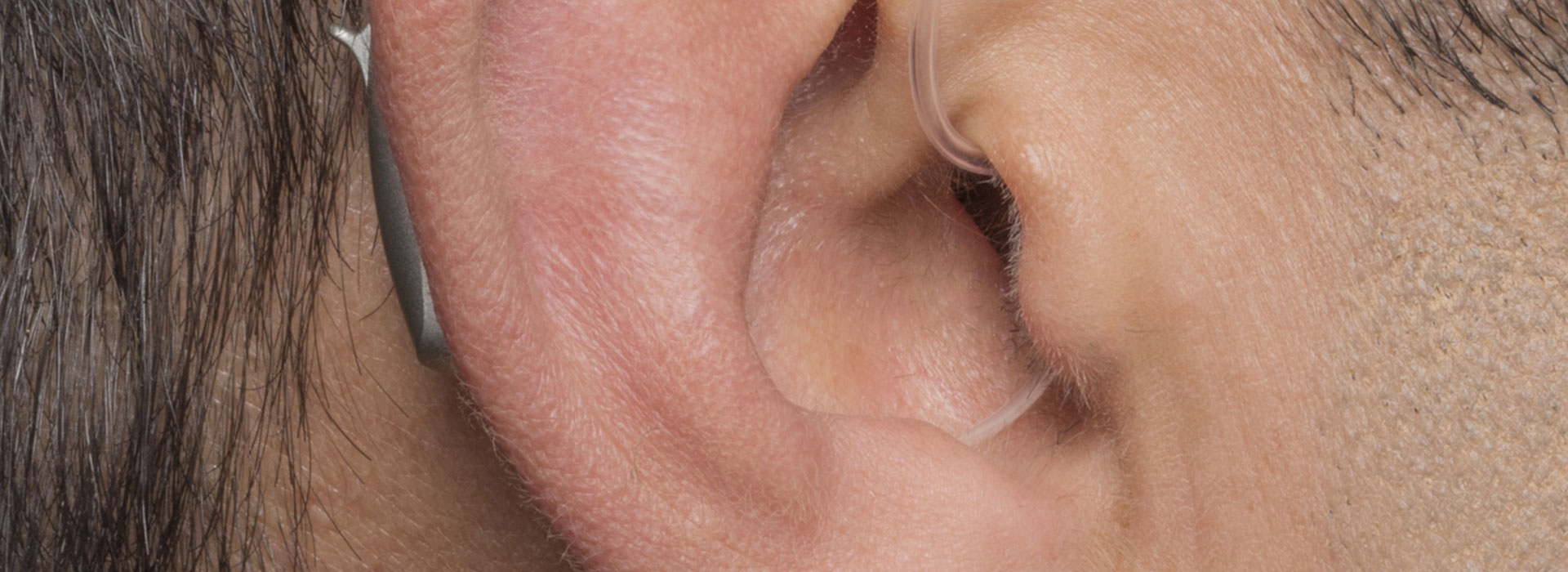
Behind-the-Ear hearing aids contain powerful components and the latest technology in a traditional shell. they are attached to a custom made ear mould and fit comfortably behind the ear.
The receiver-in-canal model is a new development in hearing aid technology. Similar in style to both the Behind the Ear and the Open Fit, it differs by the positioning of the electronic receiver. A receiver in the canal aid has a smaller external housing, as the speaker is placed within the ear canal, offering a more natural sound and very comfortable fit. It is a discreet yet powerful model of hearing aid, offering superior noise reduction technology.
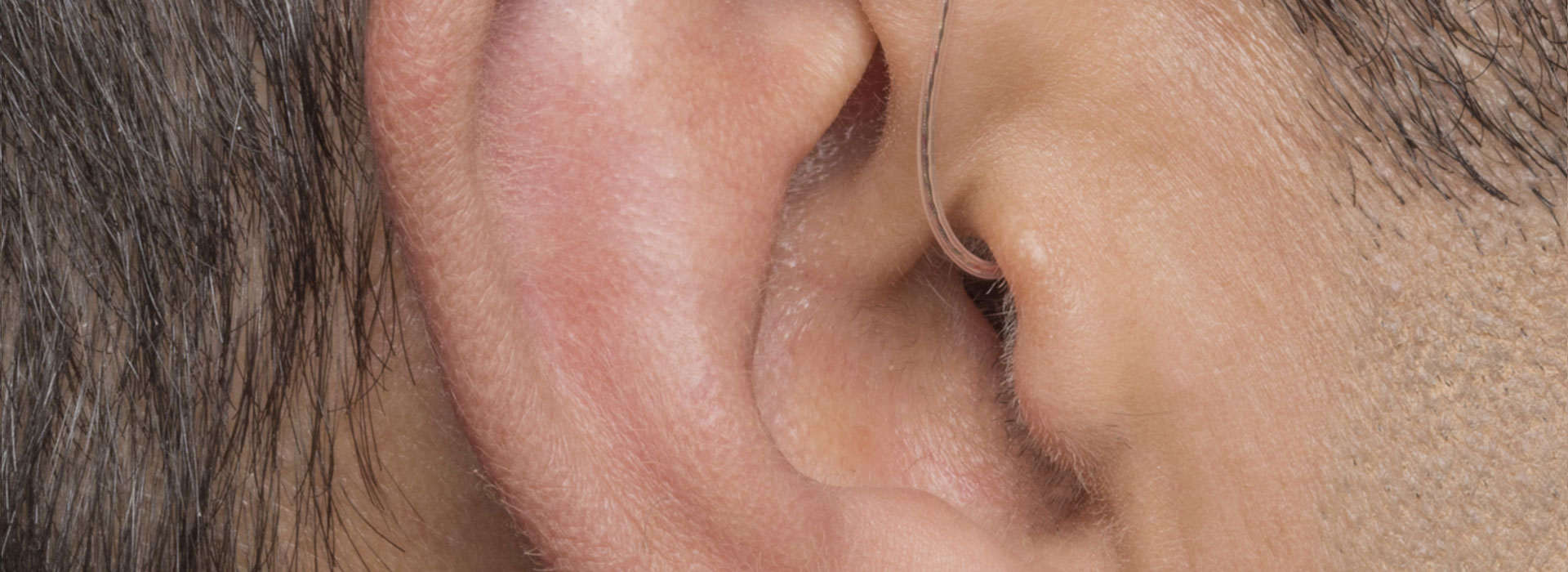
The receiver-in-canal model is a new development in hearing aid technology. Similar in style to both the Behind the Ear and the Open Fit, it differs by the positioning of the electronic receiver. A receiver in the canal aid has a smaller external housing, as the speaker is placed within the ear canal, offering a more natural sound and very comfortable fit. It is a discreet yet powerful model of hearing aid, offering superior noise reduction technology.
The ‘Full Shell’ is the largest of the in the ear hearing aids and is custom made to fit in the outer ear. This design offers many advantages for people with a more severe hearing loss, including volume controls and powerful amplification. .

The ‘Full Shell’ is the largest of the in the ear hearing aids and is custom made to fit in the outer ear. This design offers many advantages for people with a more severe hearing loss, including volume controls and powerful amplification. .
The “Half Shell” is a is a more discreet, customised hearing aid which fits at the entrance to the ear canal. The half shell offers an impressive range of features despite its reduced size, including two microphones, personal volume control and optional Bluetooth compatibility.
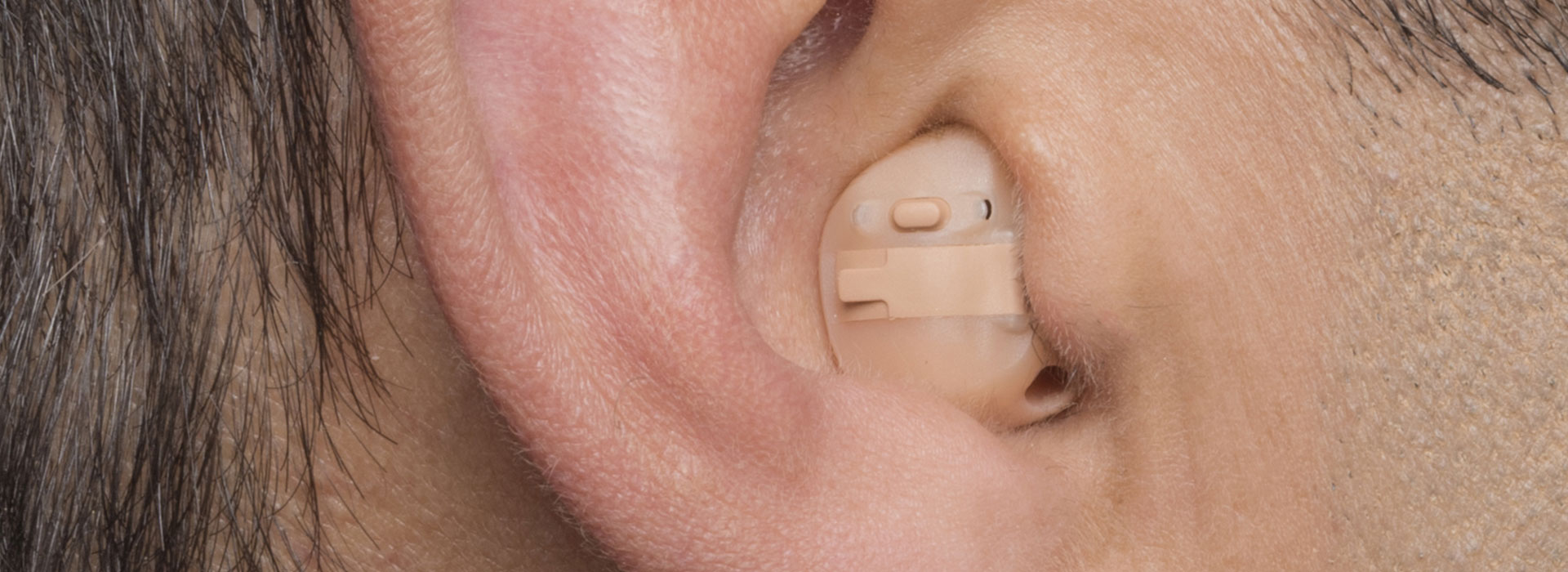
The “Half Shell” is a is a more discreet, customised hearing aid which fits at the entrance to the ear canal. The half shell offers an impressive range of features despite its reduced size, including two microphones, personal volume control and optional Bluetooth compatibility.
Completely in the Canal (CIC) aids can offer a discrete and practically invisible style, well suited for those looking for an aid with cosmetic appeal. Hearing quality is not compromised by the small size, as the microphone sits within the canal offering a natural sound comparable to regular hearing.
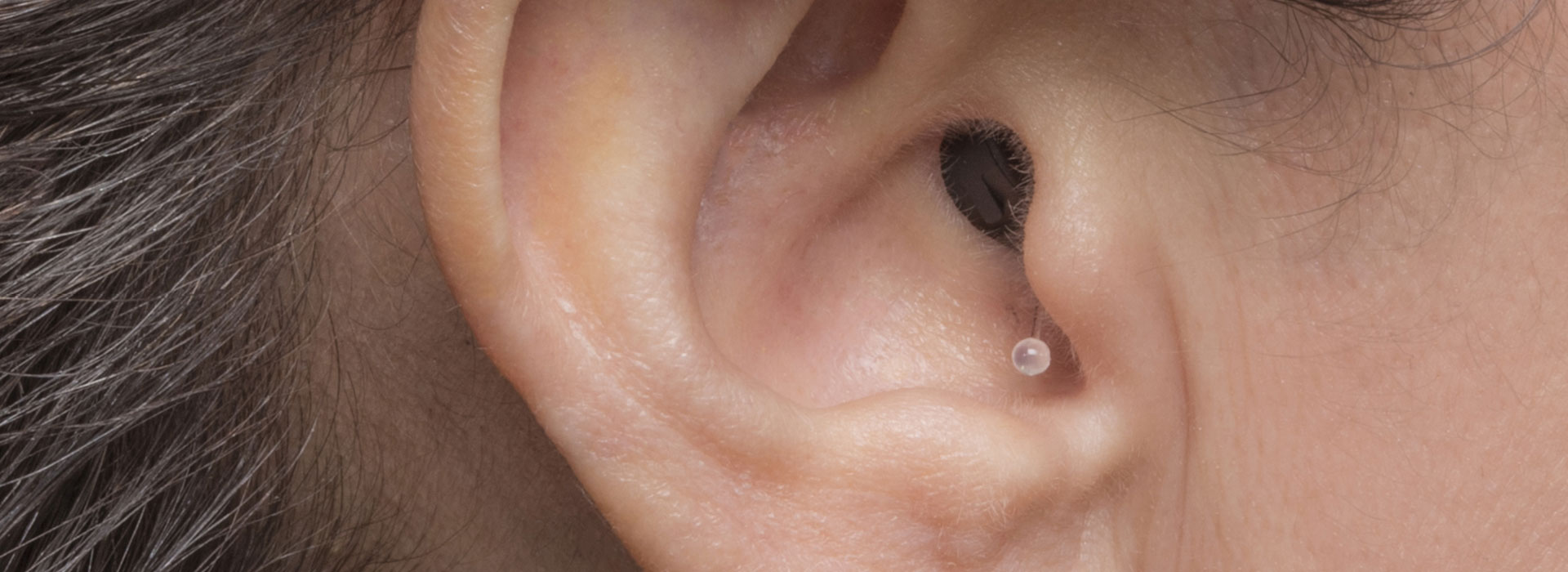
Completely in the Canal (CIC) aids can offer a discrete and practically invisible style, well suited for those looking for an aid with cosmetic appeal. Hearing quality is not compromised by the small size, as the microphone sits within the canal offering a natural sound comparable to regular hearing.
Technology in the field of Completely in Canal (CIC) hearing aids has been rapidly evolving for over 20 years. Recently, the frontier for total invisibility of hearing aids has been extended even further with manufacturers being able to create an Invisible-in-Canal (IIC) hearing aid. IIC’s can sit much deeper in the ear canal than ever before.
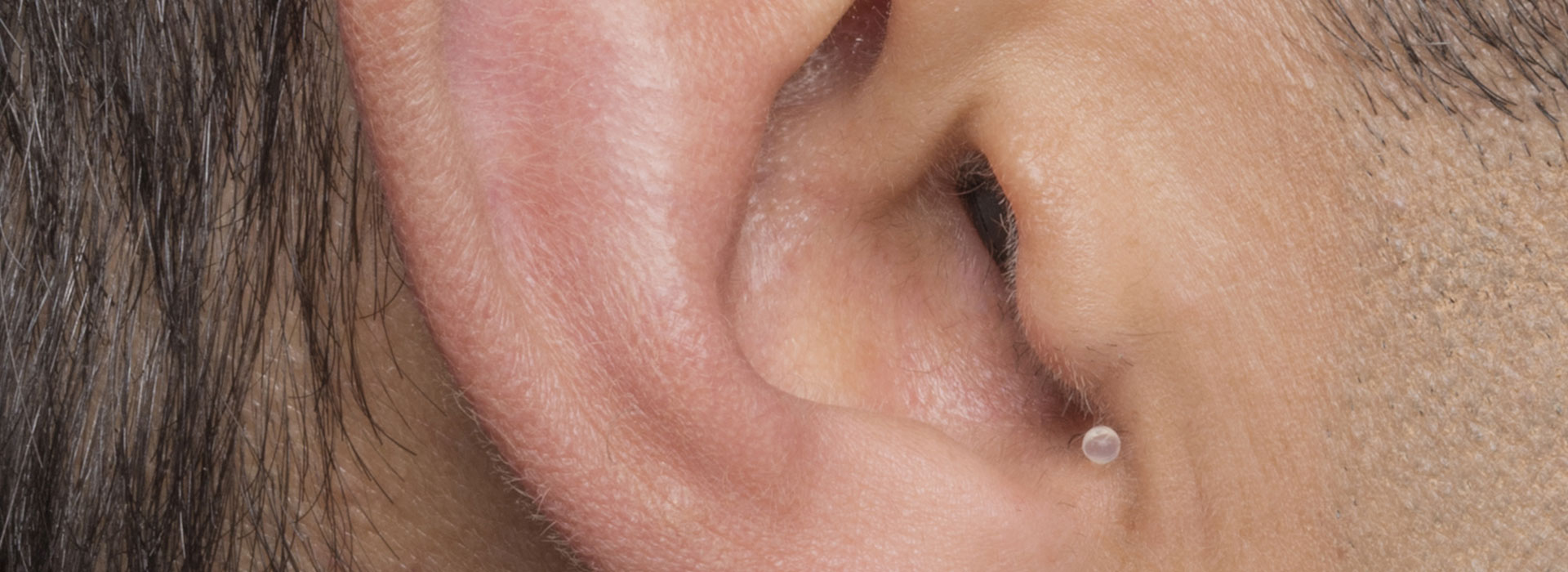
Technology in the field of Completely in Canal (CIC) hearing aids has been rapidly evolving for over 20 years. Recently, the frontier for total invisibility of hearing aids has been extended even further with manufacturers being able to create an Invisible-in-Canal (IIC) hearing aid. IIC’s can sit much deeper in the ear canal than ever before.
| Cookie | Duration | Description |
|---|---|---|
| cookielawinfo-checkbox-analytics | 11 months | This cookie is set by GDPR Cookie Consent plugin. The cookie is used to store the user consent for the cookies in the category "Analytics". |
| cookielawinfo-checkbox-functional | 11 months | The cookie is set by GDPR cookie consent to record the user consent for the cookies in the category "Functional". |
| cookielawinfo-checkbox-necessary | 11 months | This cookie is set by GDPR Cookie Consent plugin. The cookies is used to store the user consent for the cookies in the category "Necessary". |
| cookielawinfo-checkbox-others | 11 months | This cookie is set by GDPR Cookie Consent plugin. The cookie is used to store the user consent for the cookies in the category "Other. |
| cookielawinfo-checkbox-performance | 11 months | This cookie is set by GDPR Cookie Consent plugin. The cookie is used to store the user consent for the cookies in the category "Performance". |
| viewed_cookie_policy | 11 months | The cookie is set by the GDPR Cookie Consent plugin and is used to store whether or not user has consented to the use of cookies. It does not store any personal data. |
Book your FREE trial on any Hearing Aids in the comfort of your own home, or in one of our branches. Complete the form and we will be in touch shortly.
[contact-form-7 id=”3514″ title=”Hearing Aid FREE Trial”]